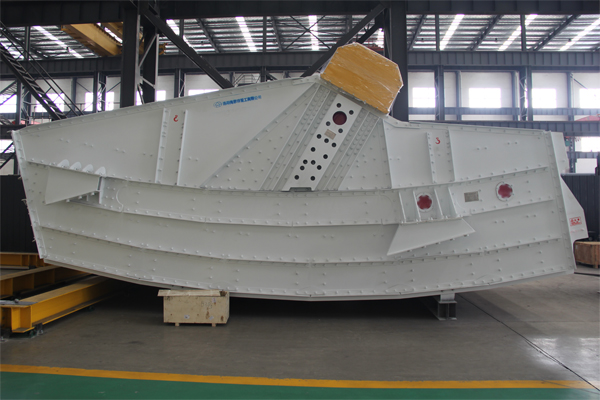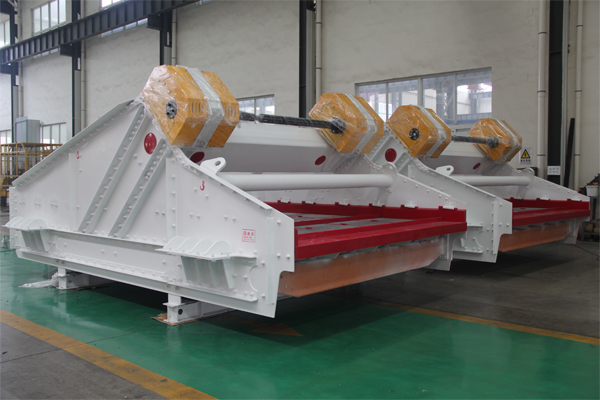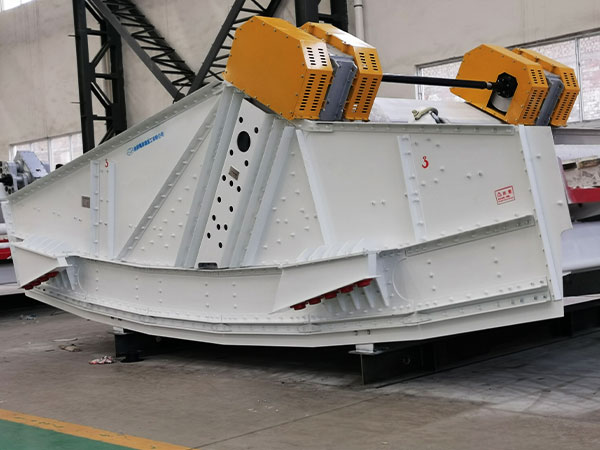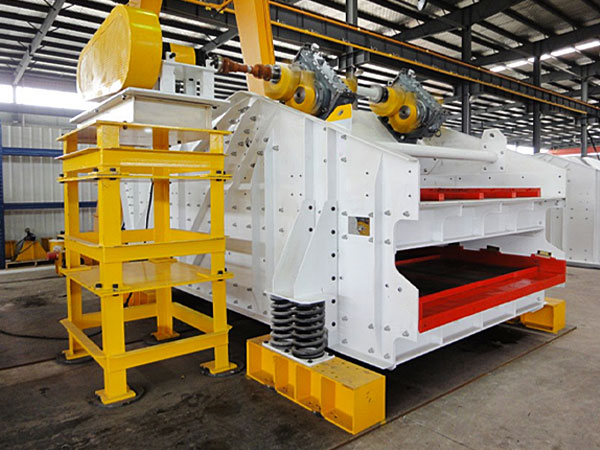How to select vibrating screen
As a widely used equipment for solid-liquid separation, vibrating screen plays a vital role in the screening of particulate materials in different fields. In the process of selecting a vibrating screen, multiple factors need to be considered to ensure that the equipment suitable for actual needs is selected.
How to choose a vibrating screen

1. Screening material characteristics
The working performance of the vibrating screen is directly affected by the characteristics of the screening material. Consider the particle size distribution of the material and understand the size range of the particles in the material to select the appropriate mesh size. Humidity and viscosity are also important considerations. For materials with high viscosity, it is necessary to select a vibrating screen with an anti-stick coating to avoid blockage and reduce efficiency.
2. Screening capacity
Different industries have different requirements for the screening capacity and processing capacity of vibrating screens. According to actual production needs, it is necessary to clarify the required screening capacity, that is, the number of materials required to be screened per unit time, and the overall processing capacity. This helps to select a vibrating screen of appropriate specifications to ensure that it can meet production requirements.
3. Mesh size
The mesh size of the vibrating screen is directly related to the screening effect. When selecting, it is necessary to select the appropriate mesh size according to the particle size distribution of the material. Too large a mesh may lead to ineffective screening, while too small a mesh may cause blockage and affect production efficiency. Reasonable selection of mesh size can effectively improve screening efficiency.
4. Structural material
The structure and material of the vibrating screen are directly related to the service life and stability of the equipment. A vibrating screen with a sturdy structure can usually better resist vibration and impact and improve the stability of the equipment. Choosing wear-resistant and corrosion-resistant materials can extend the service life of the vibrating screen and reduce maintenance costs.

5. Operation and maintenance
The convenience of operation and maintenance of the vibrating screen is directly related to the continuity and stability of the production process. A simple and easy-to-understand operating interface and convenient maintenance methods can reduce the difficulty of operation for personnel, reduce human errors, and improve production efficiency. The easy-to-maintain vibrating screen design can reduce equipment downtime and further improve production efficiency.
6. Manufacturer reputation
The reputation of the manufacturer of the vibrating screen is directly related to the quality and performance of the equipment. Choosing a manufacturer with a good reputation can ensure that the design, manufacturing and after-sales service of the vibrating screen are at a certain level. By understanding the manufacturer’s history, customer feedback and relevant certifications, you can more confidently choose a vibrating screen that suits your needs.
7. Cost-effectiveness
While paying attention to the above factors, the cost-effectiveness of the vibrating screen should also be considered comprehensively. Not only the price of the equipment itself, but also the operation and maintenance costs should be considered. Choosing a vibrating screen with high performance and low maintenance costs can better meet production needs.
In summary, how to choose a vibrating screen? It is a decision that requires comprehensive consideration of multiple factors. On the premise of ensuring compliance with material characteristics, production needs and ease of operation, choosing a suitable vibrating screen will provide a stable solid-liquid separation solution for production. Through careful selection, enterprises can better cope with complex and changing production environments and improve production efficiency and product quality.






